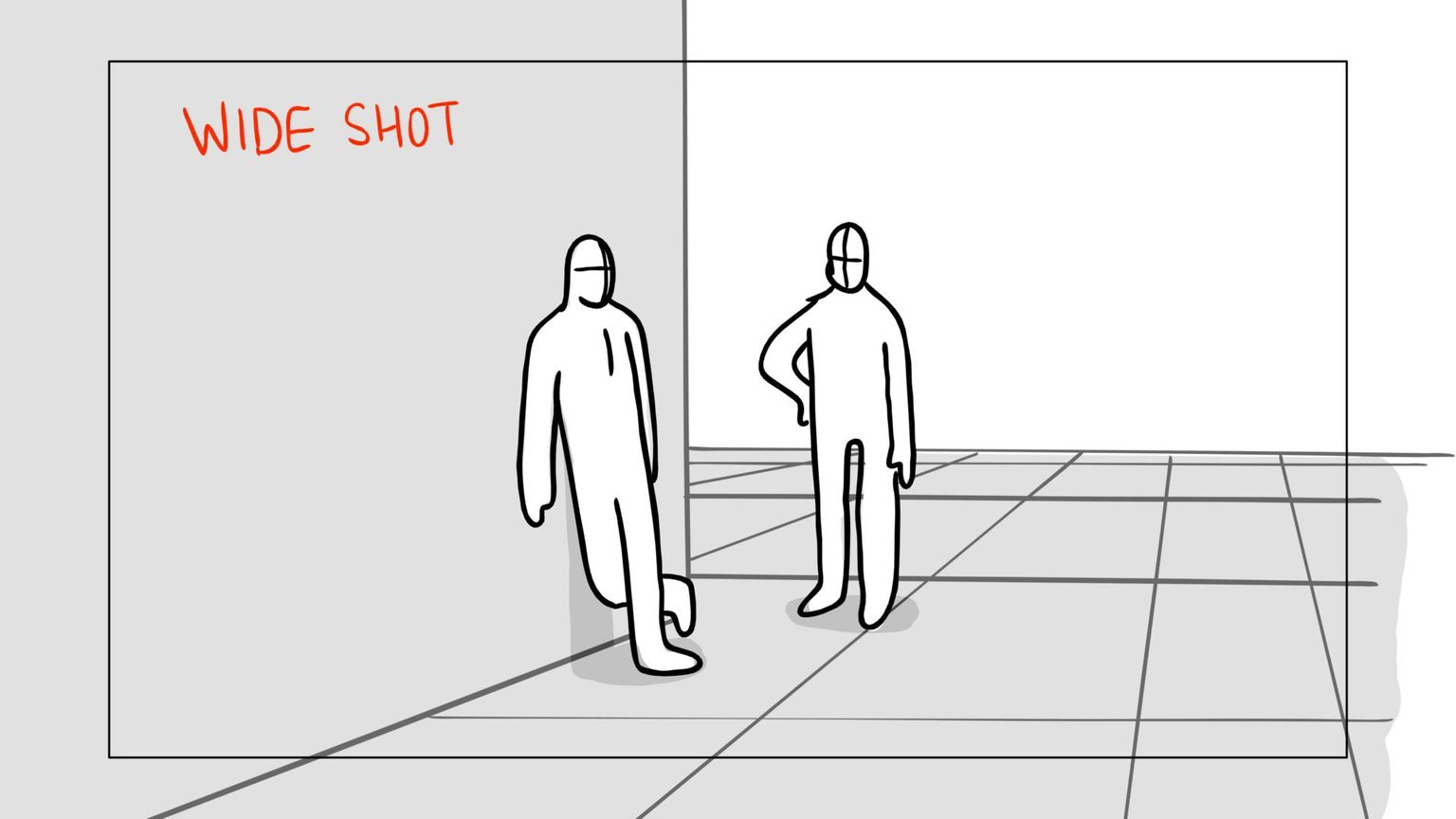
(ACMI, 2023)
film it! STORYBOARDS LEARNING RESOURCE
The ‘Storyboards’ program and learning resource is an informative and interactive product provided by the Australian Centre for the Moving Image (ACMI) that aims to provide students with the knowledge to develop a film storyboard and visual plan successfully. Listed as one of ACMI’s valuable filmmaking resources within their ‘Film It’ toolkit, the storyboards resource shares an extensive step-by-step program that shows students how to storyboard by hand and digitally compose their ideas (ACMI, 2023).
I was drawn to this resource because it provides a variety of in-depth process explanations that are not only easy for students to follow but also offer concise methods for educators to integrate the resource into their lesson planning. The resource encourages students to generate their own narrative or ‘story’, effectively allowing them to engage with their interests/creative ideas and become intrinsically motivated. Provided with a range of image examples and options to digitally integrate their story, students get to see what their end product can look like and transform into, inviting students to become excited about working towards an outcome they are proud of.
References:
Australian Curriculum, Assessment and Reporting Authority (ACARA). (2010). Media Arts F-10 Curriculum. https://www.australiancurriculum.edu.au/f-10-curriculum/the-arts/media-arts/
Australian Centre for the Moving Image (ACMI). (2023). Storyboards. [web resource]. https://www.acmi.net.au/education/school-program-and-resources/film-it-storyboards/
Australian Centre for the Moving Image (ACMI). (2021). What is a storyboard?. [Video]. YouTube. https://www.youtube.com/watch?v=50GtW6HxhIo
(ACMI, 2021)
The design of the resource is extremely user-friendly and provides numerical steps to follow for students and teachers that explain and demonstrate the progression of the task. The resource purposefully integrates videos explaining what storyboards are and what students can expect their product to look like. Across each planning step, film conventions such as shot types, camera movement, and composition are referenced explaining how these processes are integrated across both storyboarding and film production. Starting from storyboarding by hand followed by creating digital storyboards and animation, each task invites clear progression into the next and outlines the objectives and importance of visual plans before working into production.
Aligning with the Australian curriculum’s year 7 and 8 band, ACMI’s storyboarding resource meets the requirements of the content descriptor (ACAMAM066), where students are supported to “experiment with the organisation of ideas to structure stories through media conventions and genres to create points of view in images, sounds and text” (ACARA, 2010). Through using this resource, students can expect to experiment with imagery, text, and shot type conventions, combine genre conventions to define their story through still and moving image and develop new understandings of ‘mood’ through exploring setting and image framing (ACARA, 2010). In line with the Australian Curriculum’s general capabilities, students will have the opportunity to progress their literacy skills and employ critical and creative thinking while simultaneously engaging with communication technologies.
For educators, this resource could be utilised effectively by providing worked examples and explicit tutorials for students to work through and follow along with. With three task components, teachers could for example look to allocate time for one each week or throughout a couple of weeks. As a strong making task, there’s also the opportunity for teachers to develop a responding outline for students to provide feedback or reflect on the development of their project. Storyboarding also provides opportunities for teachers to teach other film codes and conventions through the storyboarding task so when they are finished they are well prepared to delve into learning further areas of production.
(ACMI, 2023)
(ACMI, 2023)



